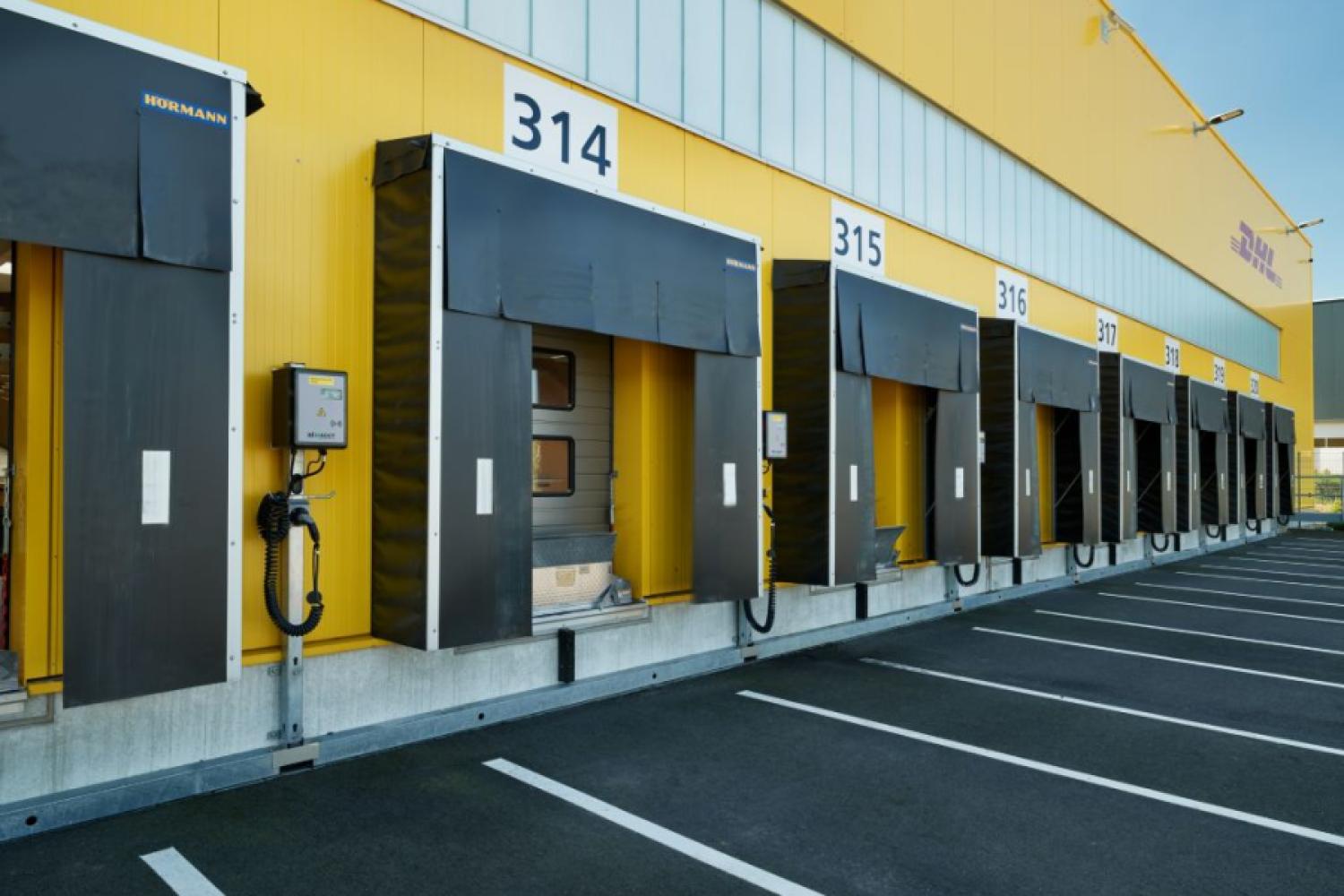The DIY retail chain Home Depot continues to struggle with the reduced willingness of its customers to spend. In the first fiscal quarter, sales on a comparable basis slightly decreased by 0.3 percent, as the U.S. company announced on Tuesday in Atlanta. Analysts had also expected a decline, but had hoped for a slight improvement.
Home Depot wants to counter the effects of U.S. tariff policies by diversifying its supply chain,
as CFO Richard McPhail told the news agency Bloomberg. The DIY chain is working closely with suppliers to broaden its sourcing strategies. In the next twelve months, no country outside the U.S. will account for more than ten percent of purchases. This will also help Home Depot maintain its price levels, the CFO said.
"Our first-quarter results met our expectations as we continue to see ongoing customer engagement in smaller projects,"
said CEO Ted Decker. In addition to customer restraint, negative currency effects also dampened organic growth in the three months up to the end of April. Including currency rates and acquisitions and divestments, sales rose by 9.4 percent to 39.9 billion U.S. dollars (around 35.5 billion euros). However, bottom-line profits fell from 3.6 to 3.4 billion dollars due to higher costs and increased interest expenses.
Home Depot has been struggling with
sluggish sales development for about two years, as customers have postponed home purchases and related construction projects due to high interest rates. The management has adjusted to a lower growth rate this year compared to the previous year: As CEO Decker reiterated despite this weak start to the year, he still expects an organic sales increase of one percent. He is also encouraged by the positive trend regarding demand in recent






